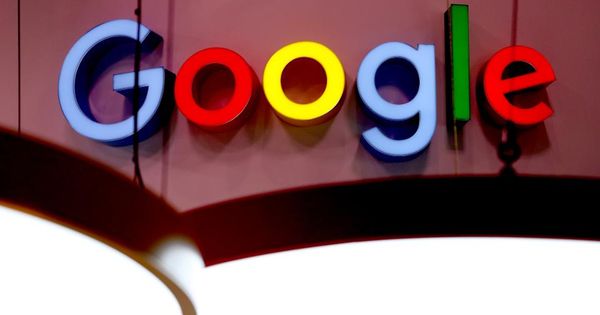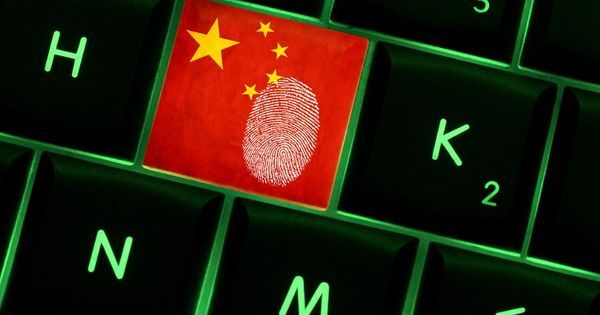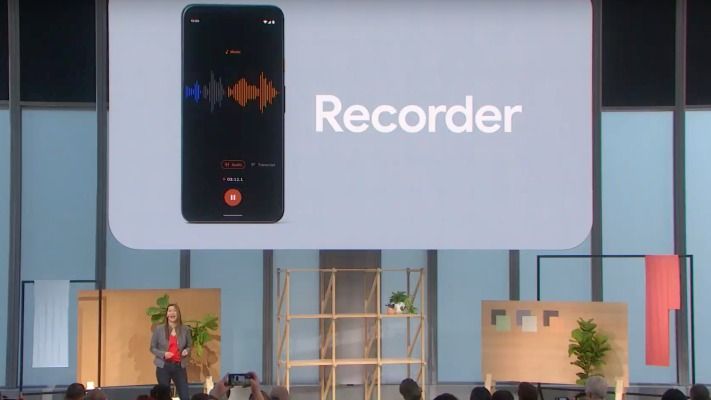Hacking the Pixel’s Titan M chip and finding exploits in the developer preview versions of Android will earn you the big bucks.



Google has increased the maximum prize for its Android bug bounty program to $1 million for anyone who can compromise the Titan M security chip found in its Pixel phones. The top prize is for a “full chain remote code execution exploit with persistence” of the dedicated security chip. On top of that, there’s an additional 50 percent bonus if a security researcher is able to find an exploit on specific developer preview versions of Android, resulting in a potential prize of $1.5 million. The new rewards take effect starting today.
Introduced with 2018’s Pixel 3, Google’s Titan M security chip cordons off your smartphone’s most sensitive data from its main processor to protect against certain attacks. Google says the chip offers “on-device protection for login credentials, disk encryption, app data, and the integrity of the operating system.” Since its introduction, the chip has also been integrated with Android’s security key functionality where it’s used to store a person’s FIDO credentials. Suffice it to say, the integrity of the Titan M is an important element for the security of recent Pixel devices.



At Google’s hardware event this morning, the company introduced a new voice recorder app for Android devices, which will tap into advances in real-time speech processing, speech recognition and AI to automatically transcribe recordings in real time as the person is speaking. The improvements will allow users to take better advantage of the phone’s voice recording functionality, as it will be able to turn the recordings into text even when there’s no internet connectivity.
This presents a new competitor to others in voice transcriptions that are leveraging similar AI advances, like Otter.ai, Reason8, Trint and others, for example.
As Google explained, all the recorder functionality happens directly on the device — meaning you can use the phone while in airplane mode and still have accurate recordings.

A new study describes a novel approach for purifying rare earth metals, crucial components of technology that require environmentally-damaging mining procedures. By relying on the metal’s magnetic fields during the crystallization process, researchers were able to efficiently and selectively separate mixtures of rare earth metals.
Seventy-five of the periodic table’s 118 elements are carried in the pockets and purses of more than 100 million U.S. iPhone users every day. Some of these elements are abundant, like silicon in computer chips or aluminum for cases, but certain metals that are required for crisp displays and clear sounds are difficult to obtain. Seventeen elements known as rare earth metals are crucial components of many technologies but are not found in concentrated deposits, and, because they are more dispersed, require toxic and environmentally-damaging procedures to extract.
With the goal of developing better ways to recycle these metals, new research from the lab of Eric Schelter describes a new approach for separating mixtures of rare earth metals with the help of a magnetic field. The approach, published in Angewandte Chemie International Edition, saw a doubling in separation performance and is a starting point towards a cleaner and more circular rare earth metals economy.

Circa 2017
Today, lithium is the active ingredient in batteries that power smart phones, laptops, and cars. But because of the price of lithium, researchers have been looking for another, more abundant element that could replace it. Several start-ups and established companies have tackled the idea of developing rechargeable batteries in which the active ingredient is sodium, lithium’s neighbor on the periodic table.
Besides its availability, sodium has several other important properties—not the least of which is its resistance to catching on fire. What’s more, “It was a good candidate because it could store a similar amount of energy as compared to lithium,” remembers Minah Lee, who does research on sodium batteries at Stanford University.
Today a number of companies are working on developing sodium batteries with the ultimate aim of replacing lithium as the key ingredient. The CNRS, The National Center for Scientific Research in France, recently announced the creation of Tiamat, a start-up company based in Amiens, France, that will develop and bring to the market a sodium rechargeable battery by 2020. CNRS says the battery will be designed in the widespread industrial 18650 format.

Malware on our smartphones isn’t new, and while there are ways to remove them, in some instances where it is particularly severe, the only way to deal with malware would be to factory reset your phone back to the way it was when it was new. Unfortunately, it seems that there is a new Android malware making its rounds that makes it impossible to remove, even with a factory reset.
Dubbed xHelper, this malware isn’t so much about stealing your phone’s information or sensitive details, but rather, it is designed to continuously serve up popup ads, in which presumably that is how its creators are making money off it. There is one particularly dangerous feature of the malware, which according to ZDNet, would see the malware download and install apps on your behalf.
As if that wasn’t bad enough, as we said, the malware cannot be uninstalled or removed even if you factory reset your phone. According to security companies like Symantec and Malwarebytes, they believe that the reason why this app is so persistent is because of a system app that might have been compromised.


A team of scientists from the universities of Alberta and Toronto have laid out the blueprints for a “quantum battery” that never loses its charge.
To be clear, this battery doesn’t exist yet — but if they figure out how to build it, it could be a revolutionary breakthrough in energy storage.
“The batteries that we are more familiar with — like the lithium-ion battery that powers your smartphone — rely on classical electrochemical principles, whereas quantum batteries rely solely on quantum mechanics,” University of Alberta chemist Gabriel Hanna said in a statement.